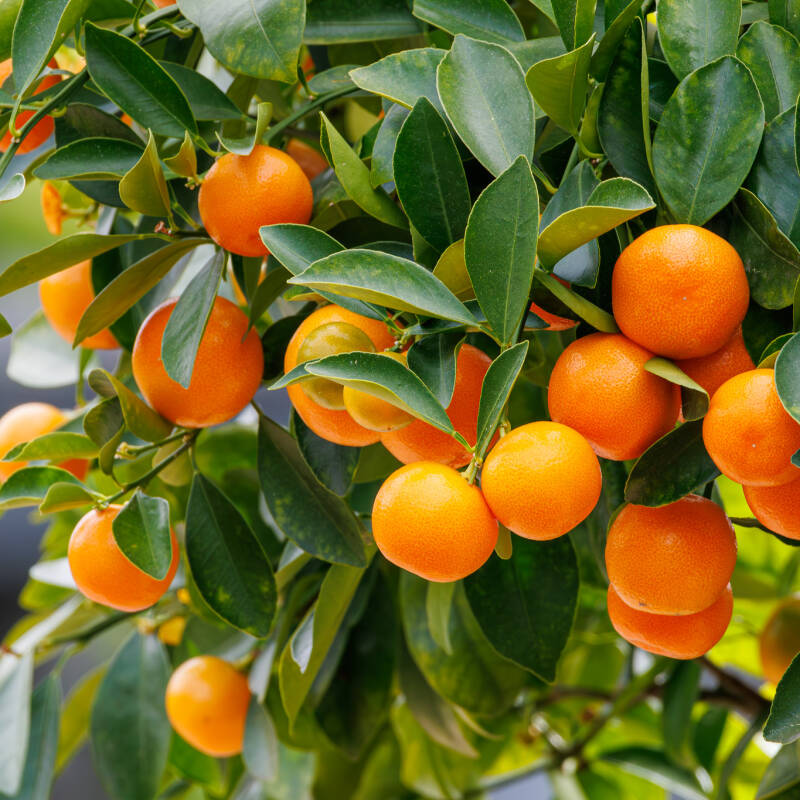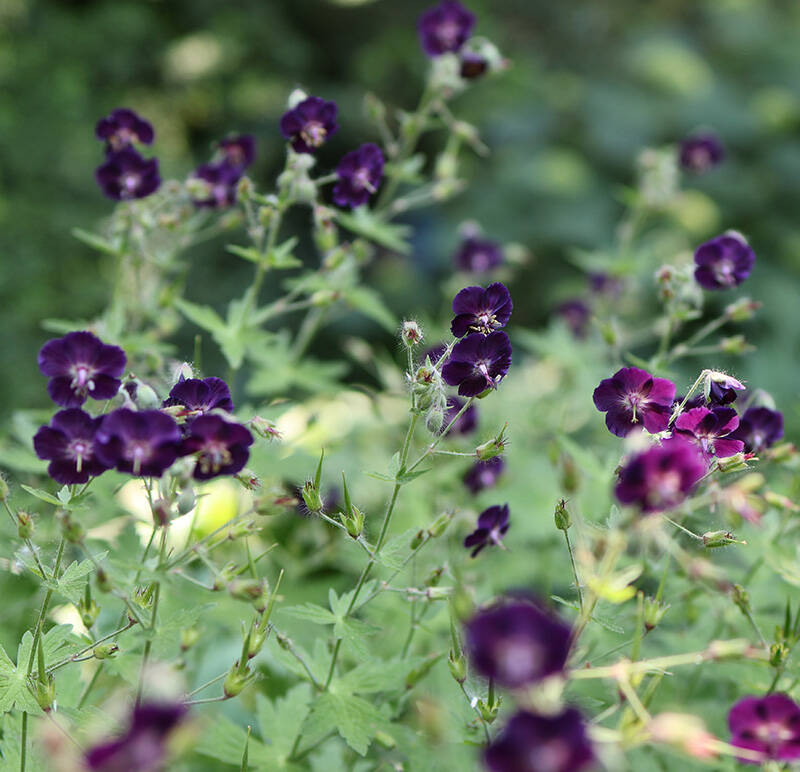My first terrarium was an elaborate landscape, with little figurines holding hands on a park bench among the mossy plants. It convinced me heaven must be a velvety miniature world. But less than a week later: hell. Leaves shriveled, plants died, moss turned brittle. It was heartbreak for me–and for one tiny couple in love. This is how I learned you can’t stick any old plants in some dirt in a jar and hope for the best. There’s a right way to make a terrarium:
Photography by John Merkl for Gardenista.
Need to Know: There are two kinds of terrariums, open-sided containers and closed vessels. A terrarium with a lid will create a humid environment; make sure you choose plants that like moist soil and humid air.
Keep it simple: All you need, in addition to a closed container, is pebbles, activated charcoal, potting soil, slow-growing small plants, and herb snips for shaping them.
Step 1: Spread a 1/2- to 1-inch layer of pebbles in the base of the container for drainage.
Step 2: Add a 1/2- to 1-inch layer of activated charcoal to filter the air in the closed environment.
Step 3: Add a 1- to 2-inch deep layer of potting soil.
Step 4: Before planting, arrange plants–miniature ferns are a good choice in a closed environment–in the container with enough space to grow. Don’t overcrowd. Trim leaves with herb snips, if necessary, to give plants room to breathe.
Step 5: Hollow out a space in the potting soil for each plant. Firmly pat soil around the plants’ roots. Water plants (but don’t overwater–stop when the surface of the soil feels uniformly damp).
Optional: Spray mist on plant leaves.
Step 6: Close container and place terrarium in a well-lit spot–but out of direct sunlight, because the glass will intensify the sun’s rays. You don’t want to fry the plants.
Little glasshouse terrariums with peaked roofs are called Wardian cases, named for the Victorian plant collector who invented them to transport specimens.
Are you a novice gardener? We have more Gardening 101 tips for you.

















Have a Question or Comment About This Post?
Join the conversation (18)